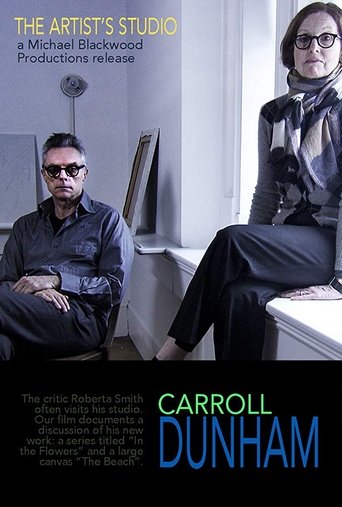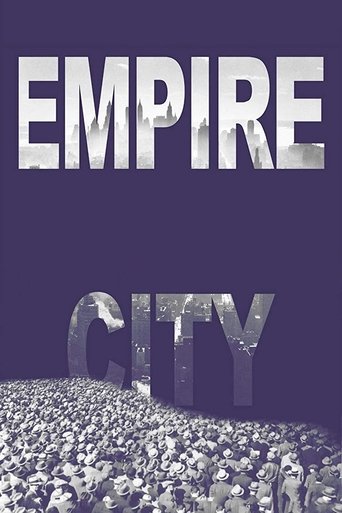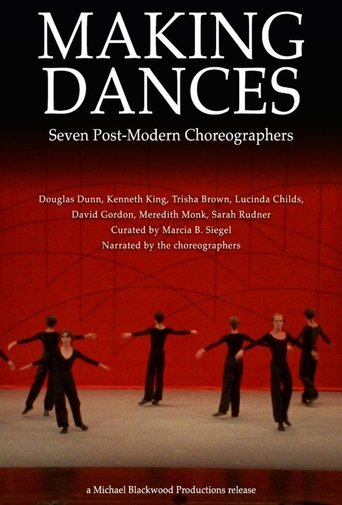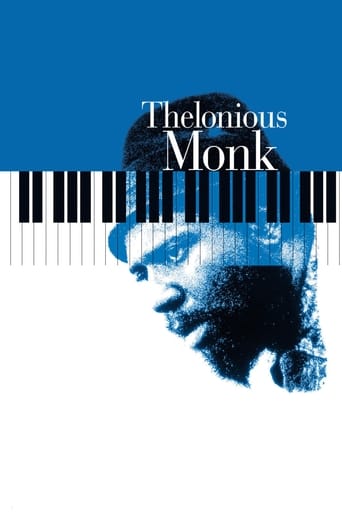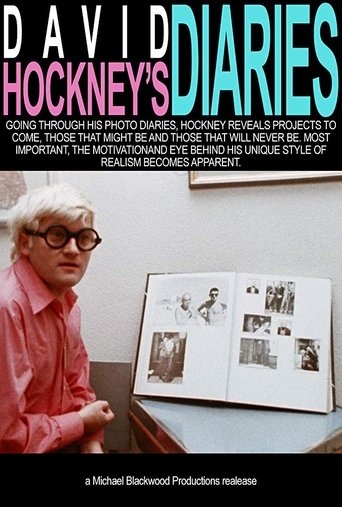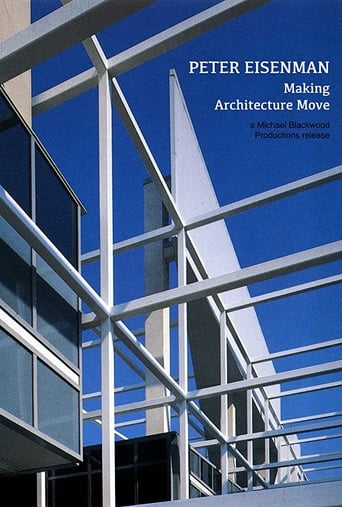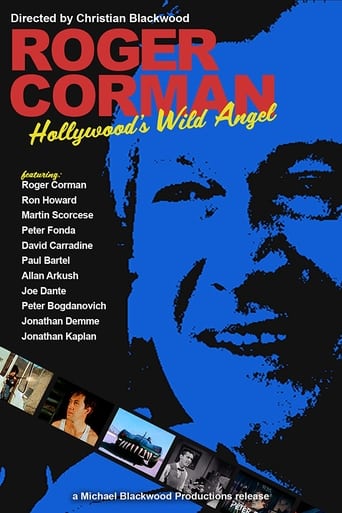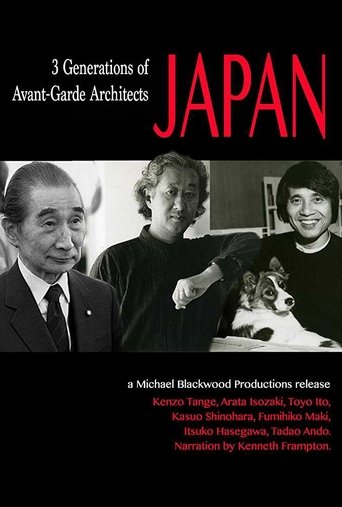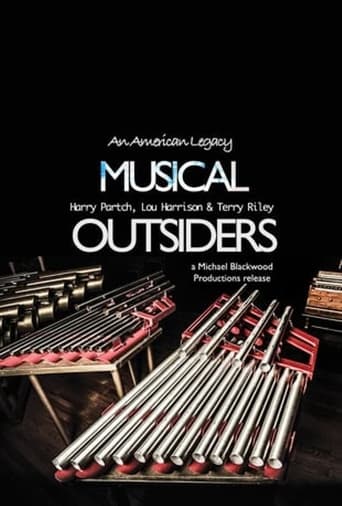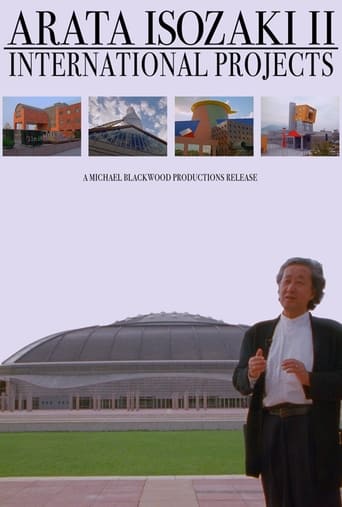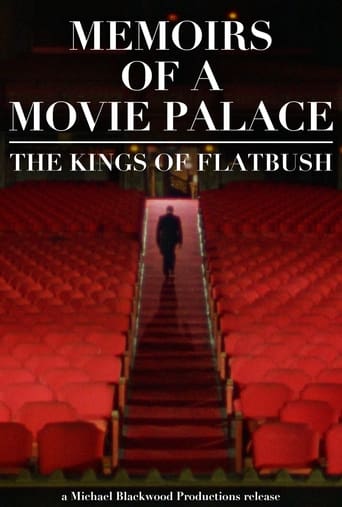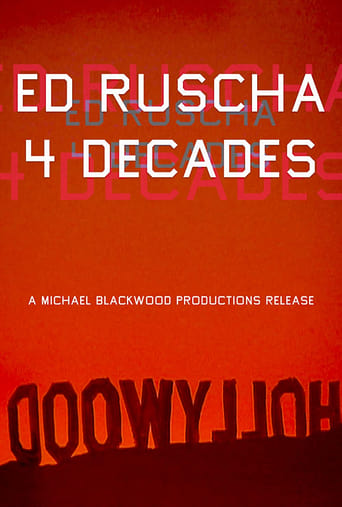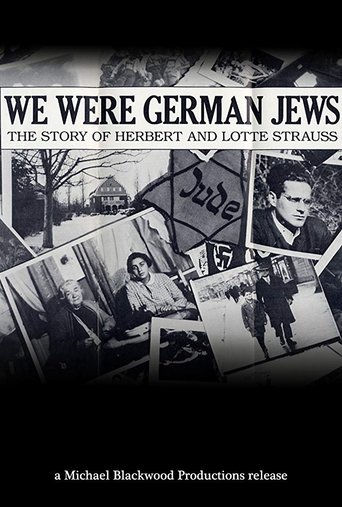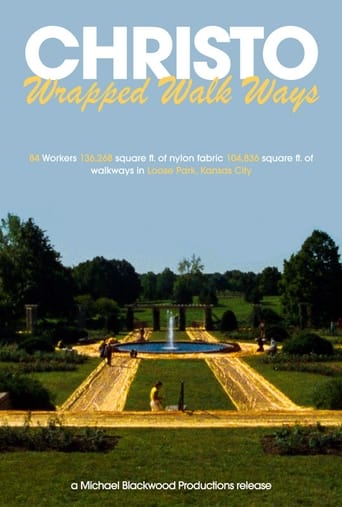The Artist's Studio: Carroll Dunham 2014
In an effort to work without the distractions of the city, artist Carroll Dunham moved his studio from Manhattan to a small village in Connecticut, not far from where he grew up. Finding himself to be more at peace in the calm, rural setting, Dunham feels the freedom to create wildly bold and visually stimulating work, painting his way through expression and sexuality. Continuously holding a mirror up to society, Dunham aims to examine the ways in which we interpret images and ideas surrounding the physical human form and our contrived notions of appropriate depictions of it through art and media. Dunham's large canvas works are flooded with vivid color and striking imagery that grabs the attention of its audience and encourages a reconsideration of form and gaze. "The Artist's Studio: Carroll Dunham" documents a visit with critic Roberta Smith as she observes his new captivating work: a series entitled "In the Flowers" and a large canvas "The Beach".
